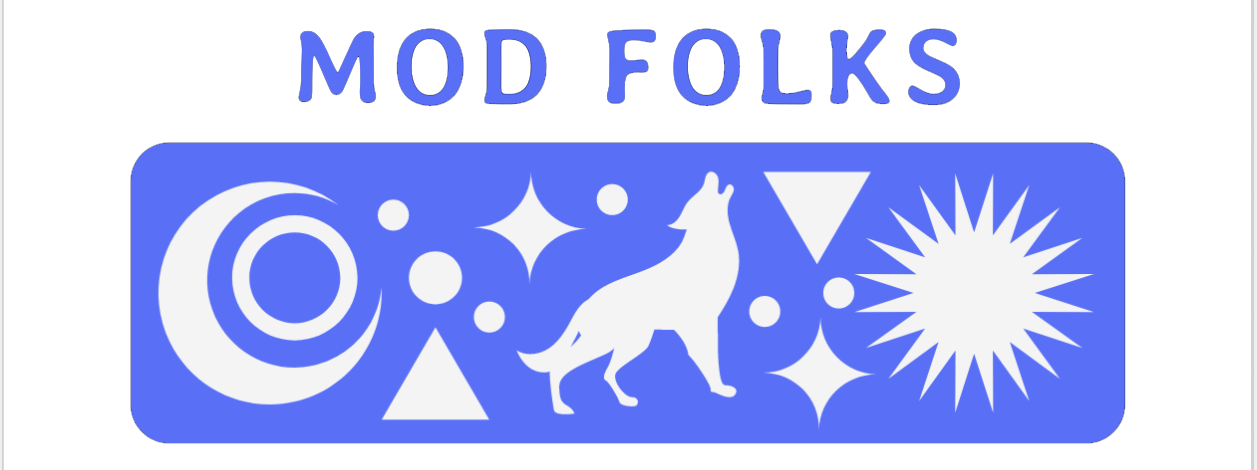

The goal of pediatric physical therapy, commonly referred to as physical therapy for children, is to improve and restore children's mobility, strength, and physical function. Pediatric physical therapists treat a variety of illnesses and impairments in kids of all ages, from newborns to teens.
Assessment: To determine a child's motor abilities, mobility, strength, balance, coordination, and total physical function, pediatric physical therapists undertake a complete examination at the outset of treatment. This evaluation sets baseline metrics for tracking development and aids in identifying areas of concern.A physical therapist creates a customized treatment plan for each kid based on the evaluation results and the child's unique requirements and objectives. The strategy may consist of drills, games, therapeutic methods, and interventions intended to address the child's difficulties and encourage the best possible physical development.
Improvement of gross motor abilities, such as crawling, walking, running, leaping, and balance, is a common goal of pediatric physical therapy. Children are assisted by therapists in developing and honing these abilities while strengthening, coordinating, and gaining confidence.Children who struggle with balance and coordination may benefit from physical therapy, which may help them become more adept at tasks that call for precise movements, balance, and spatial awareness. To improve these skills, therapists might employ equipment, games, and exercises.
The goal of pediatric physical therapy is to improve a child's muscle endurance and strength. Specific muscle areas are the focus of the exercises and games used by therapists, who gradually increase the difficulty as the kid improves.
Physical therapists attempt to increase a child's joint range of motion and flexibility. To improve mobility and avoid stiffness or contracture, stretching exercises, manual methods, and therapeutic activities are employed.
Physical therapists for children can help children manage pain brought on by illnesses, surgeries, or chronic ailments. To relieve pain, they could employ techniques including heat, ice, electrical stimulation, or therapeutic massage.
Physical therapists may suggest and offer assistance with the use of assistive devices or adapted equipment, such as walkers, crutches, wheelchairs, or orthotics, as needed. These tools can support a child's independence and movement.
Family engagement and education: To maintain continuity of service and assist the child's development, pediatric physical therapy frequently engages family members. In order to promote the child's physical development and functional capacities, therapists instruct parents and caregivers about exercises, methods, and activities that may be done at home.
Collaboration with other healthcare professionals: Pediatric physical therapists regularly work with other medical specialists, including occupational therapists, speech-language pathologists, physicians, and educators. The comprehensive treatment and coordination of actions are ensured by this multidisciplinary approach.
Keep in mind that pediatric physical therapy is a highly specialized procedure, the best way is pt therapist and child have a session when parent is present and treatment schedules are made to accommodate the particular requirements and skills of each kid, to have one on one physical therapy .Promoting functional independence, enhancing quality of life, and assisting kids in realizing their physical potential are the ultimate goals.